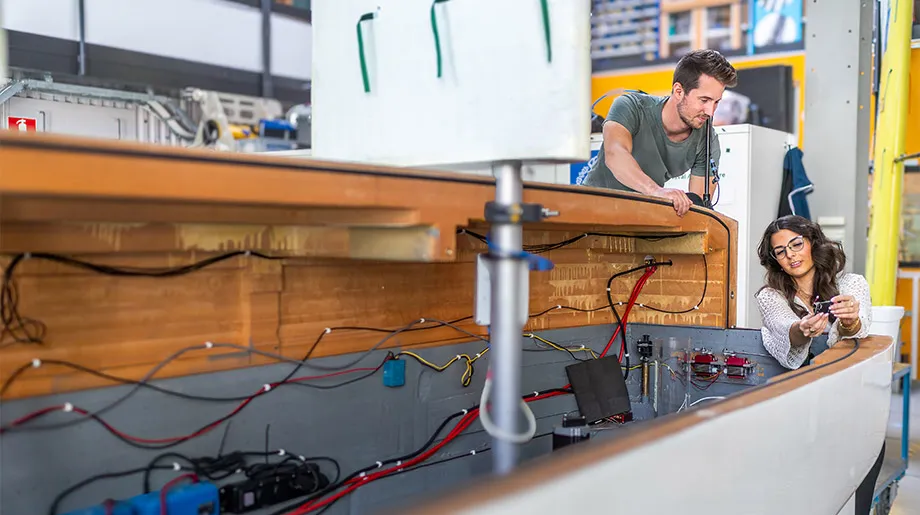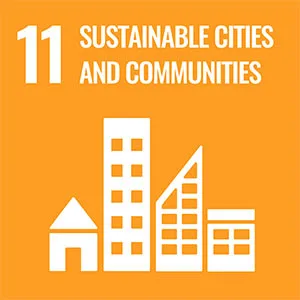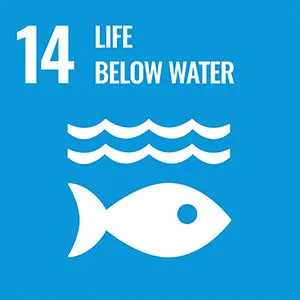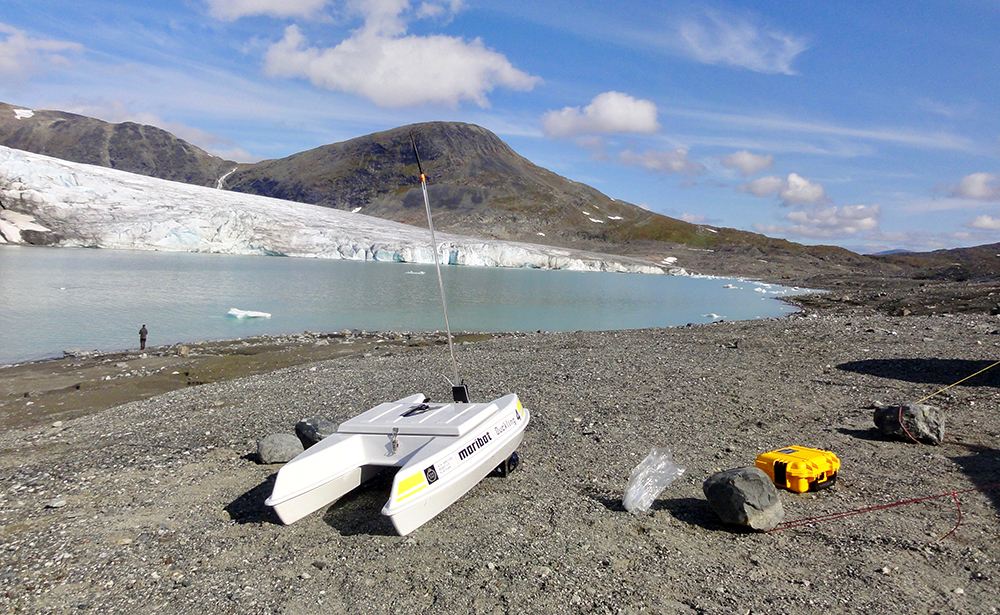MSc Naval Architecture
The master's programme in Naval Architecture provides a strong foundation in Naval Architecture while delivering in-depth skills through specialisations in Lightweight Structures, Fluid Mechanics and Management. You will explore the complete processes of designing, modelling, constructing and operating boats, ships, marine installations and systems. Graduates face careers in the maritime sector, related fields or academia.

Naval Architecture at KTH
The programme consists of a core track of studies and three optional tracks. In the core, you develop your general knowledge and skills in ship design, systems engineering, and a theoretical foundation in ship hydrostatics and stability, resistance and propulsion, waves, seakeeping, manoeuvring and ship structures. By choosing one of the tracks, you have the opportunity to develop a deeper understanding and skills in lightweight structures, fluid dynamics and management. There is also room for elective courses, where you can broaden your education or specialise further in your chosen track. It is also an opportunity to study underwater technology and high-speed craft or other areas suitable for your interests and career goals.
During the first year, you build your naval architecture foundation in the three core courses ship design, marine structures, and marine hydromechanics. In parallel, you specialise in the three courses within your chosen track. In the second year, you can develop your individual profile by, for example, going deeper in the area of your selected track or naval architecture by studying underwater technology or high-speed craft. Alternatively, you can broaden your education by taking courses from the other tracks or on other topics. Another option could be to take an exchange semester at another university. The programme is finalised with a degree project which can be a small research project, an advanced engineering analysis or a design project. It may be performed at a university or a company.
Lightweight Structures
In the Lightweight Structures track, you have the opportunity to combine fundamental principles of naval architecture with knowledge about modern composite materials and sandwich structures and related design principles and manufacturing methods. Sweden has been a forerunner in the application of such material concepts in large ship structures, and KTH has internationally acclaimed research in this area. What you learn in this track enables work with ship structures as well as with aerospace, automotive and other kinds of lightweight structures.
Fluid Mechanics
The Fluid Mechanics track develops your fundamental understanding and working skills in incompressible fluid mechanics, which is the basis for the flow around ships, boats and marine installations. The governing set of partial differential equations, the Navier-Stokes equations, are derived, dissected, simplified and solved. The fundamental principles of computational fluid dynamics (CFD) and modern computational tools are introduced. In hands-on projects, you will work with modelling and solving real fluid mechanics problems. The knowledge you gain in this track is applicable in ship hydromechanics as well as in general fluid mechanics problems.
Management
The Management track allows you to complement your technical skills with knowledge of financial, organisational and managerial aspects and develop your understanding of the concepts of sustainable development from environmental, social and economic viewpoints. Emphasis is on the ability to manage and control projects, strategies for sustainable development, and management tools and systems analysis methods. The track gives a good foundation for employment as a manager for companies and projects within the maritime sector and other sectors.
This is a two-year programme (120 ECTS credits) given in English. Graduates are awarded the degree of Master of Science. The programme is given mainly at KTH Campus in Stockholm by the School of Engineering Sciences (at KTH).
Courses in the programme
The courses in the programme cover topics such as ocean waves, ship stability, propulsion, seakeeping, manoeuvring, ship structures, systems engineering, ship design, small craft design, underwater technology.
Courses in the master's programme in Naval Architecture
Future and career
The multi-disciplinary character of naval architecture, and the structure and curriculum of the programme, make the education relevant for careers in the maritime sector as well as in other fields. In the maritime sector, Swedish companies are leaders in several areas, such as ship design, ship operation, propulsion systems and design and construction of high-technology ships, submarines and small craft. Naval architects are also employed by state authorities such as the Swedish Transport Agency and the Swedish Defence Material Administration. Significant international employment markets can also be found in the other Nordic countries, in other parts of the EU and the large shipbuilding nations in Asia. Outside the maritime sector, you will find naval architects in, for example, the automotive industry or as technical consultants. Graduates also pursue a PhD at KTH or other universities nationally and internationally. Research projects can be theoretical or applied and often involve international cooperation.
Sustainable development
Graduates from KTH have the knowledge and tools for moving society in a more sustainable direction, as sustainable development is an integral part of all programmes. The three key sustainable development goals addressed by the master's programme in Naval Architecture are:



Naval Architecture is a mechanical engineering discipline that considers systems for maritime use, including boats, ships, offshore platforms and underwater systems. To a large extent, the use of these systems, for example, in transport, shipping and the offshore energy and aquafarming sectors, shapes the conditions for today's societies. Therefore, the education provided as part of the master's programme in Naval Architecture considers sustainable development throughout the programme.
In the programme, you are exposed to sustainability aspects and discuss engineering applications from a sustainability perspective in specific projects, workshops, and general project assignments. We aim to produce effective engineering skills that contribute to a sustainable future. The programme covers aspects relating to both reducing the environmental impact of maritime activity and our future societies and tools for analysing the operational aspects of shipping and how social conditions for maritime activity are affected by design.
The approach covers several of the UN Sustainable Development Goals, and your choice of specialisation track and elective courses can further deepen or broaden your knowledge and skills.
Faculty and research
The research related to marine technology at KTH, for example, regards emission-free shipping, high-speed craft dynamics and structure design, ship safety and risk management, ship dynamic stability, various aspects of inland waterways and waterborne public transportation, advanced composite materials and structures, life and operations below water, underwater technology, and maritime robotics.

Marine technology related research is going on at several different departments at KTH, the main responsibility for this research area is however on the KTH Centre for Naval Architecture at the Department of Aeronautical and Vehicle Engineering and the following staff members:




